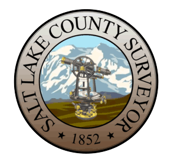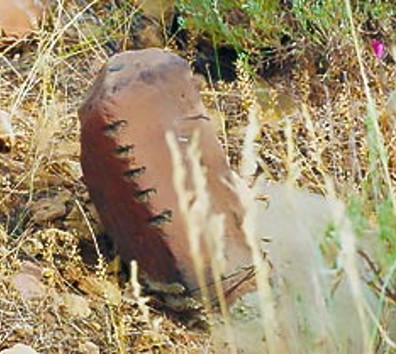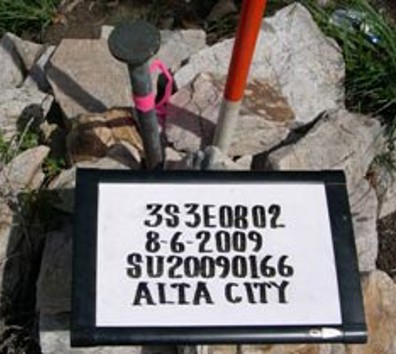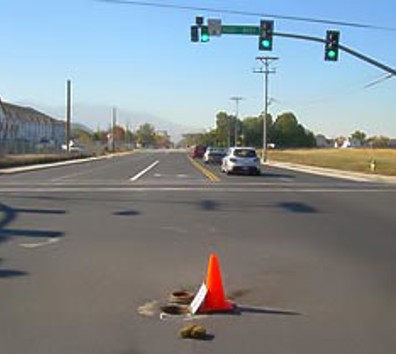
Surveyor
Have you ever wondered how a Professional Land Surveyor is able to accurately determine where property boundaries and street right of way lines are located? The answer is that almost all property lines are tied into a network of monumentation known as the Public Land Survey System. Most of the Salt Lake Valley is divided into one mile square sections, and at most corners of these sections there is a physical monument.
Marked stones of varying size and type were used to reference the position of survey corners, however the convenience and availability of pipe and cap monuments have replaced many of the stone monuments. Notches and groves of a stone monument relate to the normal number of miles from the monument corner to the east and south boundaries of the township.

A pipe and cap monument is typically located above the ground surface. The shaft of the monument may be aluminum, alloyed iron, or rebar with an outside diameter of one-half to three inches. The cap, which represents the monument, might be made of brass, aluminum, or plastic; stamped with the license number of the surveyor, the business name of the surveyor, or the government agency responsible for the monument. Additionally, the cap may contain information regarding the type or position that the corner is intended to represent.

A standard Salt Lake County monument is typically located below the ground surface, encompassed by a concrete ring and covered by a metal lid. A 2 ½” – 3” brass cap is embedded onto the top of a 30-inch by 8-inch diameter reinforced concrete cylinder. The monument contains stamped markings that identify its position and the type of corner that it is intended to represent.
